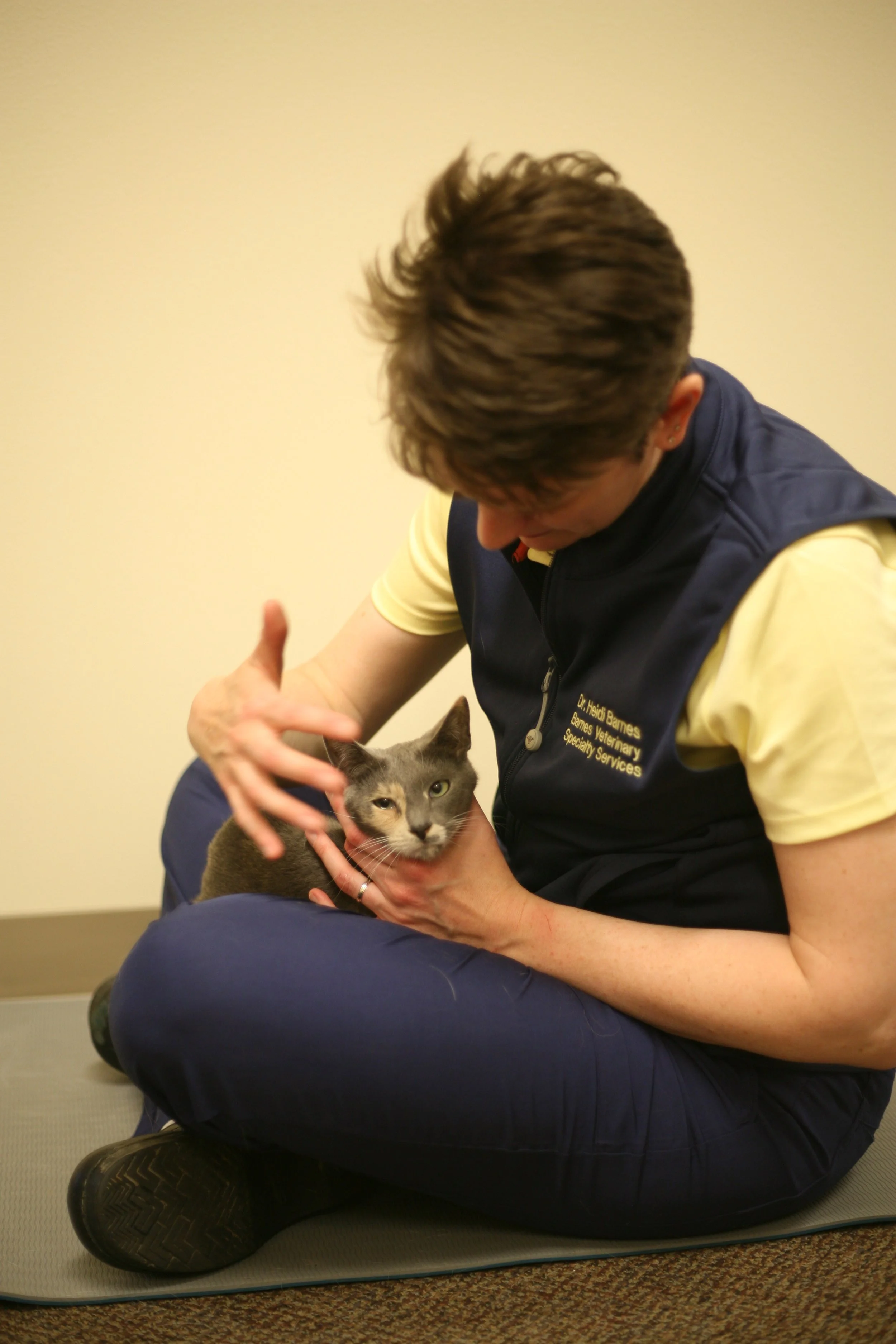Bacterial meningitis or meningoencephalitis is rare in dogs. A recent study evaluated clinical presentation, treatment and outcome in a group of 24 dogs. It is good to note that these 24 dogs were accrued over 10 years from 5 different referral clinics, reflecting the rare nature of this disease. That said, when I suggest meningitis as a differential diagnoses to clients, many of them assume I mean bacterial meningitis. Immune mediated meningitis makes up about 98% of the cases of dog meningitis we see however, infectious meningitis is still possible! I thought we could review bacterial meningitis in light of this recent publication from the UK.
What is a typical presentation for bacterial meningitis?
For humans, pyrexia, cervical hyperpathia and altered mentation are the three signs often attributed to bacterial meningitis. About 20-45% of people present with all three signs and most of these are older people. In the recent study (https://doi.org/10.1111/jvim.16605), only 2 dogs (8%) had all 3 signs, 4 dogs (17%) had only 2 signs and 12 dogs (50%) had 1 of these signs. The remaining 6 dogs did not have any of those three signs. Almost 1/2 of the dogs presented with vestibular signs and were diagnosed with bacterial meningitis secondary to otitis media/interna. The conclusion of the authors was that an absence of these signs should not exclude a diagnosis of bacterial meningitis. I would add to this that the presence of those three signs is not pathognomonic for bacterial meningitis either!
How is it diagnosed?
Positive CSF culture, observation of intracellular bacteria on CSF analysis or (in rare cases) positive outcome with antibiotic treatment only were the diagnostic criteria for the aforementioned study. Less than 40% of CSF cultures were positive! Culturing CSF has always been incredibly low yield which is why we don't do it very often in veterinary medicine. Urine and blood cultures were all negative in this study. Most often, intracellular bacteria were noted on CSF evaluation. A combination of MRI or CT and cerebrospinal fluid analysis resulted in the diagnoses for most of the patients in this report. The few dogs were diagnosed with bacterial meningitis without intracellular bacteria, and without a positive culture, but with a positive response to antibiotics. This last group *probably* had bacterial meningitis but I feel a little unsure including it a published study.
Treatment and Outcome
The median duration of antibiotic therapy was 8 weeks but there as no real standardized treatment. In humans, treatment times range from 1-4 weeks. The antibiotic chosen seemed clinician dependent and ranged from amoxicillin to cephalosporines, second generation fluroquinolones. About 75% of dogs received a glucocorticoid before referral or at the referral center. Glucocorticoid use is controversial but has been shown to be useful in human medicine to reduce inflammation in the acute stage of disease. The current study was too small to make any conclusions about the utility of glucocorticoid steroids in bacterial meningitis with dogs. Outcome was favorable in the dogs in this study. Survival data for longer than 21 days suggested that about 1/2 of the patients had residual deficits, the remainder did not. The majority (19 of 24) survived to 21 days.
Although rare, bacterial meningitis or meningoencephalitis is a complicated and potentially life-threatening CNS infection that is worth keeping on our radar. Although immune mediated forms are much more common, we always check for infectious meningitis before instituting immunosuppressive doses of steroids whenever possible for this reason!
Have a great week! I'm back to my usual schedule so if you cannot find a suitable time spot please email me; I'm sure we can work something out!



